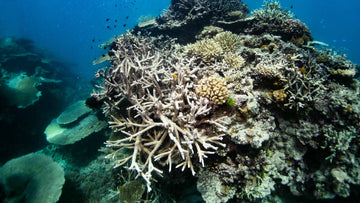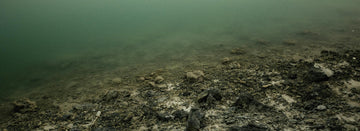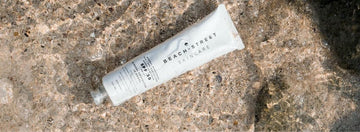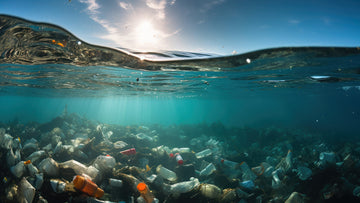Every year, millions of tourists apply sunscreen before stepping into the ocean, believing they are making a safe choice for themselves and for marine life. But what if I told you that many "reef-safe" claims are nothing more than greenwashing?
The reality? Brands are still using chemical UV filters and nanoparticles that pose a real threat to our reefs, marine life, and ultimately, our own health. Many companies conveniently follow outdated standards, ruling out only oxybenzone and octinoxate—while continuing to use other synthetic filters that harm marine ecosystems.
So what can we do?
- Call out companies that engage in greenwashing. Demand transparency.
- Educate yourself on truly reef-safe ingredients—look for non-nano zinc oxide and non-nano titanium dioxide.
- Support brands that innovate responsibly, not those that manipulate outdated definitions to sell products.
Chemical UV Filters to Watch Out For:
- a Diethylamino Hydroxybenzoyl Hexyl Benzoate (DHHB) – A photostable UVA filter with unknown long-term effects on marine ecosystems.
- Ethylhexyl Triazone (EHT) – A highly effective UVB filter, but concerns remain about bioaccumulation in aquatic species.
- Bis-Ethylhexyloxyphenol Methoxyphenyl Triazine (BEMT, Tinosorb S) – A synthetic filter with persistent environmental impact, meaning it does not break down easily in nature.
- Tris-Biphenyl Triazine (Nano) (Tinosorb A2B) – A nano-sized filter, which is concerning because nanoparticles can be ingested by corals and marine life, causing cellular damage.
- Homosalate – Disrupts hormonal balance in marine organisms and bioaccumulates in aquatic environments.
- Octisalate (Ethylhexyl Salicylate) – While often seen as "less harmful," it lacks studies proving it is truly safe for coral reefs.
- Octocrylene – Breaks down into benzophenone, which is toxic, carcinogenic, and linked to coral bleaching. It also bioaccumulates in marine organisms.
- Avobenzone – Unstable in water and can break down into harmful byproducts that are toxic to corals.
- Nano Titanium Dioxide & Nano Zinc Oxide – While non-nano versions are safe, nano-sized minerals can be ingested by marine life, leading to toxic effects.
- Methylbenzylidene Camphor (4-MBC) – A UV filter banned in some countries due to its hormone-disrupting effects and potential environmental persistence.
Many of these filters are still used because regulations are outdated—they only ban oxybenzone and octinoxate while ignoring the wider problem. A truly reef-safe sunscreen should contain only non-nano zinc oxide or non-nano titanium dioxide—nothing else.
We need stricter standards, real transparency, and accountability from brands that claim to be "reef-safe." If we don’t call them out, they will continue misleading consumers while damaging marine ecosystems.





